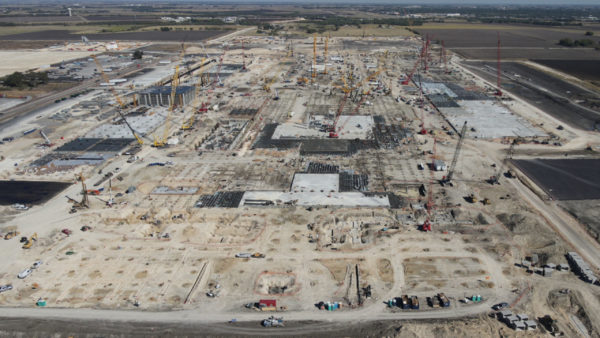Despite the death and destruction wrought by hurricanes Sandy, Katrina and other disasters in recent years, the US still lacks a national plan to protect its coastal cities and it must get its act together, a new high-level report has warned.
The report, by the National Research Council, urges US government agencies to work together on a national vision and to stop merely reacting to hurricanes and rising sea levels.
As it stands, responsibilities for coastal risk reduction are spread over numerous federal, state, and local agencies, with no central leadership or unified vision.
This leaderless drift is costing billions, the report’s authors say. They found that between 2008 and 2012, $493m was appropriated for coastal storm risk management through the normal budgeting process, but $12.8bn was allocated for coastal risk projects through emergency appropriations.
"There is a misalignment of risk, reward, resources, and responsibility related to coastal risk management, which has led to inefficiencies and inappropriate incentives that ultimately increase coastal risk," said Richard A. Luettich Jr., professor of marine sciences at the University of North Carolina and chair of the authors’ committee.
"There is a crucial need for collaboration among federal agencies and between the federal government and the states, as well as policy changes that will help us evolve from a nation that is primarily reactive to coastal disasters into one that invests wisely in risk reduction and resilience," he said.
The report, sponsored by the US Army Corps of Engineers, calls for a national coastal risk assessment to identify areas that face the greatest threats.
It finds that in recent years there has been an increase in population and property in hazardous coastal areas, which has contributed to a dramatic rise in coastal-storm-related losses.Â
Climate change poses additional threats to coastal communities through sea-level rises and possible increases in the strength of the most intense hurricanes, it adds.
Strategies for managing coastal risk could include infrastructure to reduce storm-related hazards, including seawalls, levees, flood walls, and storm-surge barriers, as well as beach nourishment, dune building, and restoration or expansion of natural habitats.










